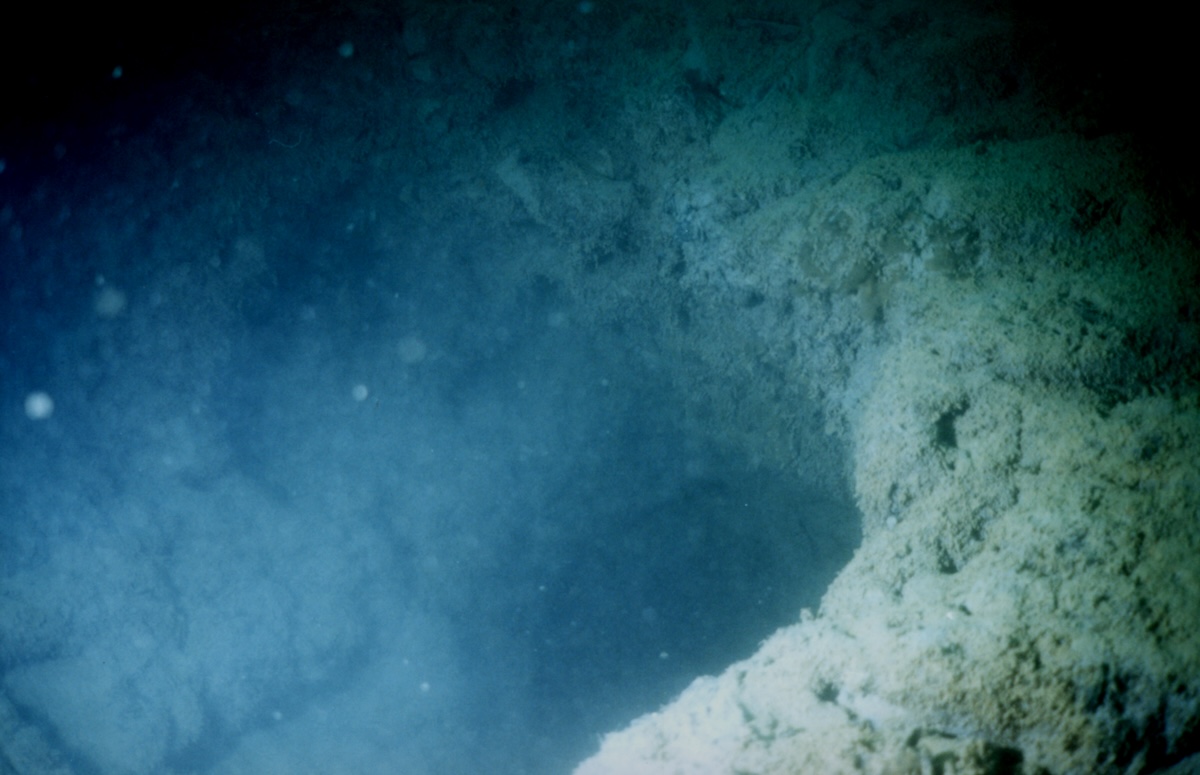A North Queensland fishing yarn tells of mysterious, giant vents of fresh water on the ocean floor, where the fish always bite. Scientists said this was too strange to be true — but we still don't really know what's down there.
What's a Wonky Hole?
Wonky holes lie about 20 metres underneath the ocean, in many places between Cape York and K'gari (formerly known as Fraser Island). They're found on the continental shelf — land that was flooded by rising seas at the end of the last ice age. Found up to 60 kilometres from today's shoreline, wonky holes can be 30 metres wide and 10 metres deep. Fishing enthusiasts say the holes can be full of fish, prawns or crayfish.
Tangled Nets & Fishing Yarns
Sam Pagano, a fisherman from Innisfail was the first person to suggest scientists take a closer look at wonky holes.
“We thought the idea was complete hogwash,” says Thomas Stieglitz, who was then working at James Cook University and the Australian Institute of Marine Science. Thomas thought he should go talk to some experts.
“Prawn trawlers know everything about the seabed,” he says. Brett Shorthouse is one such prawn trawler, and he confirmed that wonky holes were real.
“The boards at the mouth of the trawl net can get tangled in a wonky hole, and it takes hours to untangle them,” says Brett. “We had to know where wonky holes were and avoid them. Each wet season, new ones would pop up.”
Brett once dived to the bottom of a wonky hole.
“It had beautiful, cool, stunningly clean water,” he describes. “So I tasted it, and it was fresh — not salty like the ocean.”
Paleochannel Connections
Thomas hasn't measured fresh water flowing from a wonky hole, but he doesn't doubt the stories from people such as Brett.
“Based on the holes' shape, I can't see them being made by anything other than fluid flow,” he admits.
Thomas found that wonky holes are always connected to paleochannels under the seabed. Paleochannels are ancient rivers that filled with rocks, gravel and sand as sea levels rose. But they still carry fresh water from today's major rivers. This might explain whether wonky holes have periods of dormancy, like volcanoes do, or how new wonky holes appear after rain.
Even more mysteriously, Thomas says divers found tunnels in the walls of wonky holes.
“They went a few metres into these tunnels and just stopped — it was too spooky,” he says. “They came back with sea snakes wrapped around their legs. So we don't know how long the tunnels are or where they go. But their shape isn't consistent with fluid flow, so I guess they were dug by fish or animals.”
Thomas thinks marine life is attracted to wonky holes — mostly for shelter. Elsewhere, researchers studying fresh water coming from the ocean floor have found it can carry nutrients or pollution from land.
"It's frustrating we couldn't find water flowing from a wonky hole during our research,” he says. “But it triggered this idea that we need to look at the groundwater-ocean connection, and I've been investigating this all over the world ever since.”
